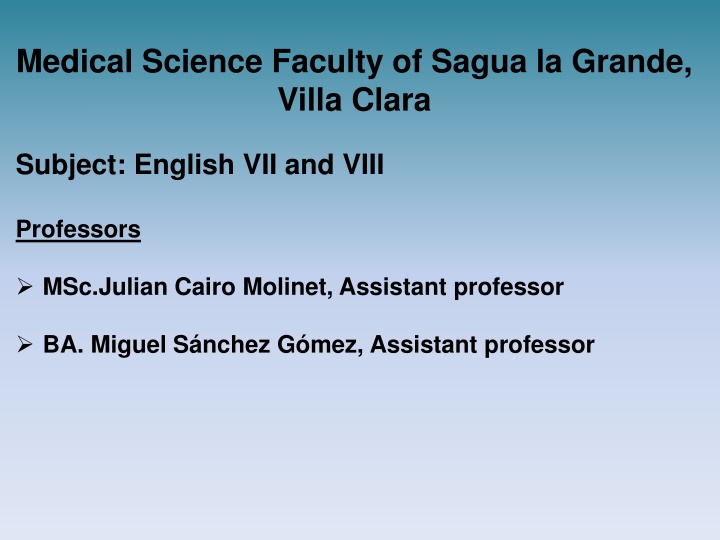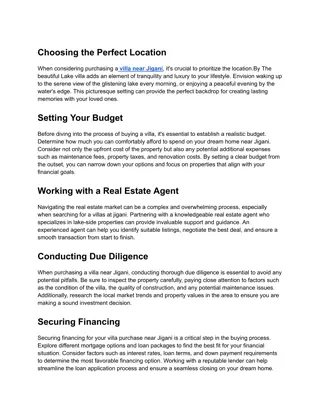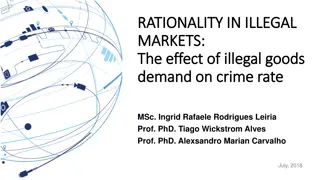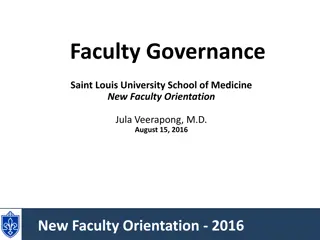Medical Science Faculty of Sagua la Grande, Villa Clara
Hypertension, characterized by high blood pressure above 140/90 mmHg, can lead to severe health complications if left untreated. Learn about primary and secondary hypertension, risk factors including chronic kidney disease, diabetes, and more, along with common signs and symptoms such as headaches and blurred vision. Explore the diagnosis process using a sphygmomanometer to measure blood pressure accurately.
Download Presentation

Please find below an Image/Link to download the presentation.
The content on the website is provided AS IS for your information and personal use only. It may not be sold, licensed, or shared on other websites without obtaining consent from the author.If you encounter any issues during the download, it is possible that the publisher has removed the file from their server.
You are allowed to download the files provided on this website for personal or commercial use, subject to the condition that they are used lawfully. All files are the property of their respective owners.
The content on the website is provided AS IS for your information and personal use only. It may not be sold, licensed, or shared on other websites without obtaining consent from the author.
E N D
Presentation Transcript
Medical Science Faculty of Sagua la Grande, Villa Clara Subject: English VII and VIII Professors MSc.Julian Cairo Molinet, Assistant professor BA. Miguel S nchez G mez, Assistant professor
Unit 1 : Hypertension Objective: To describe different features of high blood pressure in order to prepare students to discuss a case in English
Hypertension is defined as having a blood pressure higher than 140 over 90 mmHg. Classification Primary hypertension (or essential hypertension): High blood pressure that is not caused by another condition or disease Secondary hypertension : It has specific cause, it is secondary to another problem.
Risk factors Chronic kidney disease Diabetes Cushing syndrome Congenital adrenal hyperplasia Hyperthyroidism Hyperparathyroidism (which affects calcium and phosphorous levels) Pregnancy Sleep apnea Vascular and heart disease Anxiety
Risk factors Physical inactivity A salt-rich diet associated with processed and fatty foods Alcohol and tobacco use. Age - everyone is at greater risk of high blood pressure as they get older. Race - African-American adults are at higher risk than white or Hispanic American adults Size - being overweight or obese is a key risk factor for hypertension Sex - males and females have different risk profiles. Alcohol intake. A positive family history Stress
Signs and symptoms High blood pressure itself is usually asymptomatic, meaning that patients do not experience any direct symptoms of the condition. This is why hypertension is often referred to as "the silent killer," as it can quietly causes damage to the cardiovascular system Common signs and symptoms Headaches Blurred vision Nosebleeding Vomits Nausea Tinnitus Dizziness
Diagnosis and tests for hypertension The diagnosis of hypertension is made by measuring blood pressure over a number of clinic visits, using a sphygmomamometer
Treatments Drug treatments for hypertension Diuretics (including thiazides, chlorthalidone and indapamide) Beta-blockers (and alpha-blockers) Calcium-channel blockers Central agonists Peripheral adrenergic inhibitors Vasodilators Angiotensin-converting enzyme (ACE) inhibitors Angiotensin receptor blockers.
Lifestyle changes are important for both treatment and prevention of high blood pressure. They include: Salt restriction Moderation of alcohol consumption High consumption of vegetables and fruits and Reducing weight and maintaining it Regular physical exercise Stress reduction
Complications Stroke Myocardial infarction Aneurysm Blindness Renal failure Heart failure
After studying this condition, write a paragraph answering the following questions. Send the text to: juliancm@infomed.sld.cu What is Hypertension? What is the classification of this condition? What are the main signs and symptoms? Who is at risk of this condition? How is it diagnosed? What is the differential diagnosis? What are the possible complications? What does the treatment include? What is the prognosis? ( See also Useful Phrases Document that comes next to provide your answers)
Useful phrases to give information about a medical condition Concept is defined/known as .. is Classification -The classification of ..includes . is classified into is the classification of .. -Signs and Symptoms -The most common signs and symptoms of _____include .. _____,_____,___and_____ are the most common signs and symptoms Risk factors -Risk factors for include -People with are at a higher risk for developing -In patients with a long history of is highly probable to suffer ________, _______, and________ are the main risk factors for developing ______
Diagnostic procedures/Exams and investigation/Lab tests The main diagnostic procedures/Exams and investigation/Lab tests for HBP are/include: ________,_____-and_________. HBP can by diagnosed by ___________,_______,and________. ________, _________, ________ and________are the main diagnostic procedures/Exams and investigation/Lab tests for HBP
Differential diagnosis The possibility of __________should not be excluded. ___________ is a very likely/ highly probable/ diagnosis. __________ can cause pain of similar severity and radiation, but _________ is ruled out in this case because The differential diagnoses are/include __________ and __________. Treatment/ management The treatment (for this condition) include The treatment (for this condition) is based on _____________ is the best treatment for this condition The treatment consists on_________
Prognosis The prognosis is good / poor / guarded / bad / reserved. The prognosis is good if the patient follows the treatment. Complication The complications of HBP are mainly The most common complication(s) is/ are Other complications associated with HBP include _________,________, and ________ are the most common complication of HBP .are well-recognized complications of the first episodes of HBP
Bibliography 1. Abbot, G. The Teaching of English as an International Language: A Practical Guide. La Habana: Editorial Revolucionaria; 1989. 2. Agnes, M. (Editor-in-chief) Webster s New World College Dictionary. 4th edition: New York: Macmillan; 1999. 3. Ballinger, Ph. Merrill s Atlas of Radiographic Positions and Radiologic Procedures. 8th Edition: Mosby; 1995. 4. Bates, B. Guide to Physical Examination and History Taking. 8th edition New York: Lippincott Williams & Wilkins; 2003. 5._______________. English through Medicine Two. Student s Book. Editorial Ciencias M dicas; 2007. 6._______________. English through Medicine Two. Teacher s Book. Editorial Ciencias M dicas; 2007. 7. Colectivo de Autores. English for Professional Nursing Communication. Student s Book. La Habana: Editorial Ciencias M dicas; 2004. 8. _______________ English for Professional Nursing Communication. Teacher s Book. La Habana: Editorial Ciencias M dicas; 2004.






















